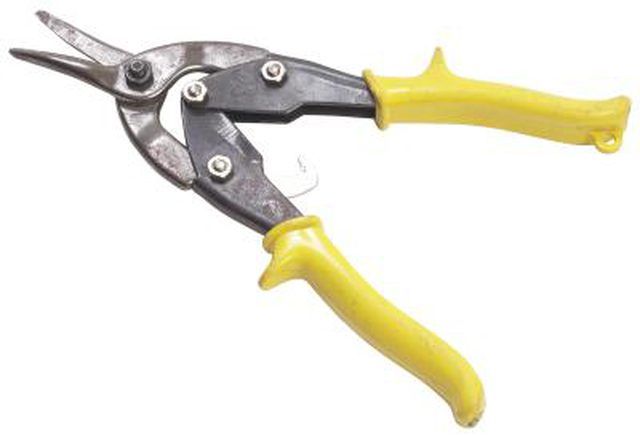Bulbs
Flower Basics
Flower Beds & Specialty Gardens
Flower Garden
Garden Furniture
Garden Gnomes
Garden Seeds
Garden Sheds
Garden Statues
Garden Tools & Supplies
Gardening Basics
Green & Organic
Groundcovers & Vines
Growing Annuals
Growing Basil
Growing Beans
Growing Berries
Growing Blueberries
Growing Cactus
Growing Corn
Growing Cotton
Growing Edibles
Growing Flowers
Growing Garlic
Growing Grapes
Growing Grass
Growing Herbs
Growing Jasmine
Growing Mint
Growing Mushrooms
Orchids
Growing Peanuts
Growing Perennials
Growing Plants
Growing Rosemary
Growing Roses
Growing Strawberries
Growing Sunflowers
Growing Thyme
Growing Tomatoes
Growing Tulips
Growing Vegetables
Herb Basics
Herb Garden
Indoor Growing
Landscaping Basics
Landscaping Patios
Landscaping Plants
Landscaping Shrubs
Landscaping Trees
Landscaping Walks & Pathways
Lawn Basics
Lawn Maintenance
Lawn Mowers
Lawn Ornaments
Lawn Planting
Lawn Tools
Outdoor Growing
Overall Landscape Planning
Pests, Weeds & Problems
Plant Basics
Rock Garden
Rose Garden
Shrubs
Soil
Specialty Gardens
Trees
Vegetable Garden
Yard Maintenance
How to Prune a Tropical Ginger Plant
How to Prune a Tropical Ginger Plant. All ornamental ginger plants are considered tropical because they prefer a warm, moist climate. These plants have long, thin leaves that point upward and produce vibrant-colored blooms year-round. Ginger plants do not require a lot of pruning like other plants do, however, they benefit from occasional light...

All ornamental ginger plants are considered tropical because they prefer a warm, moist climate. These plants have long, thin leaves that point upward and produce vibrant-colored blooms year-round. Ginger plants do not require a lot of pruning like other plants do, however, they benefit from occasional light pruning.
Things You'll Need
Pruning shears
Examine the ginger plant blossoms and locate the ones that have turned brown or are wilting. Grasp the base of the stem with the dead or dying blossom. Use pruning shears to cut the stem off near the base of the plant. Ginger plant stems only produce one blossom before dying, so pruning these off makes the plant more attractive. Prune these stems continuously throughout the year each time a bloom fades.
Examine the lower leaves of the ginger plant and look for leaves that are brown or yellow. Remove these leaves by pulling them off the base of the plant with your fingers. Once leaves turn yellow or brown, they will not become healthy again. Removing these leaves directs the nutrients in the plant to the healthy parts.
Look for any sign of disease on the plant leaves, as indicated by black or grey spots. Ginger plants love moist soil and air but if overwatered can develop mildew. If you catch the mildew early enough, simply prune off the leaves or stalk using pruning shears, to prevent the disease from spreading.